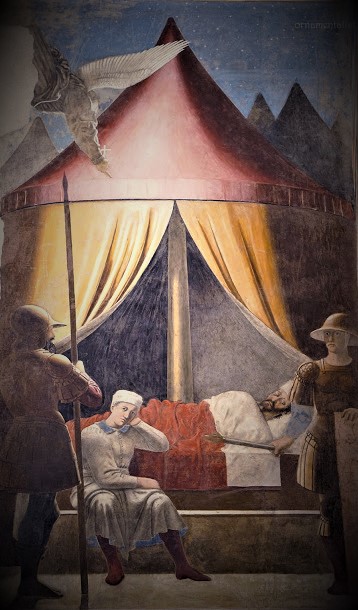
The Pagan Influences in the Artistic Vision of Piero di Cosimo

**Piero di Cosimo: The Eccentric Artist Behind Renaissance Masterpieces**
Among the countless famous names from the Italian Renaissance, Piero di Cosimo stands out for his unique and often bizarre interpretations of classical subjects. Despite being relatively forgotten today, with names like Leonardo da Vinci and Michelangelo overshadowing him, he was one of the most enigmatic artists of his time. Piero’s works teeter between sacred and secular, blending mythology, religion, and his own eccentric quirks into unforgettable scenes that continue to puzzle and delight historians and art lovers alike.
### The Forgotten Genius of Florence
Born in 1462, Piero di Cosimo crafted some of the most visionary artistic compositions of the Florentine Quattrocento. Yet, his renown never reached the heights of contemporaries like Botticelli. A prime example of his eccentricities can be found in the obscure yet mesmerizing painting entitled “Vulcan and Aeolus” (c. 1490), housed in the National Gallery of Canada. It alternates between mythological allegory and surreal fever dream.
To look at a di Cosimo painting is to enter a world that feels simultaneously familiar and strange. In **”Vulcan and Aeolus,”** Vulcan, the god of fire and forge — revered as the father of civilization — is humbly tucked away in the corner, quietly tending to his work at the kiln. Meanwhile, the scene is dominated by a peculiar array of figures: crafters raising a home, a giraffe strolling in the far background, and an infant cradled by indifferent parents. The spatial disorientation and apathy toward divine presence makes the painting a strange juxtaposition of everyday life set against the backdrop of titanic mythological acts.
Art historian Sarah Blake McHam, in her upcoming 2024 book **”Piero di Cosimo: Eccentricity and Delight,”** illustrates how pieces like this are simply without parallel in the Renaissance. McHam argues that Piero drew on an obscure myth from Philostratus in which, on the island of Lemnos, fires were ritually extinguished once a year before being relit as a symbol of regeneration. This was subtle yet subversive in conveying a Renaissance ideal of Florence as the cradle of rejuvenated classical ideas.
### Piero’s Renaissance World
What set Piero apart from many of his peers was his willingness to delve deeply into both the sacred and the profane aspects of creativity. Where many aritsts of the time focused on biblical scenes or seen their secular work diluted by religious overtones, Piero had no qualms about enthusiastically engaging with pagan themes.
In McHam’s analysis, around 40% of Piero’s total output was dedicated to secular mythological subjects, a rarity in his time. Such dedication to mythology signaled a departure from the strict confines of religious art. Di Cosimo’s work bridges the classical and Renaissance worlds more effectively than most of his contemporaries. His figures, whether gods, satyrs, or centaurs, roam bucolic landscapes full of vitality and yet untouched by the moralizing tendencies of other Renaissance works.
**”Perseus Liberating Andromeda”** (c. 1510-1515) is an excellent illustration of Piero’s passion for myth and drama. In this painting, Perseus stands victorious on an alarming sea monster, an unholy amalgamation of various creatures: tusked, scaled, wooly, and dangerous. The monster, required to be slain for Andromeda to be freed, remains a figure of awe and enigma. The viewer cannot help but feel as captivated by the creature as by the hero, embodying both fascination and fear. In di Cosimo’s hands, even terrifying elements of legend bristle with beauty and a sense of wonder.
### Rediscovering His Legacy
While Giorgio Vasari — the Renaissance’s earliest historian — did note di Cosimo’s brilliance, even lauding him as one of the most important painters of his day, Vasari also described him as a recluse with peculiar habits. Di Cosimo was known as an eccentric loner, intensely devoted to his craft but outside the artistic mainstream of Florence. Unlike Michelangelo, who was as skilled a politician as he was an artist, di Cosimo was shy of public life, opting instead to immerse himself fully in myth and fantasy.
Until recently, there were relatively few works dedicated to Piero’s oeuvre. Thanks to Dennis Geronimus’s **2006 academic study** “Piero di Cosimo: Visions Beautiful and Strange” and exhibitions in Washington, DC and Florence in 2014-2015, interest in di Cosimo surged back briefly to the forefront of the art world.
Sarah Blake McHam’s new book promises to build on this resurgence, offering critical insights into the artistic genius and intentional oddities in Piero di Cosimo’s body of work.